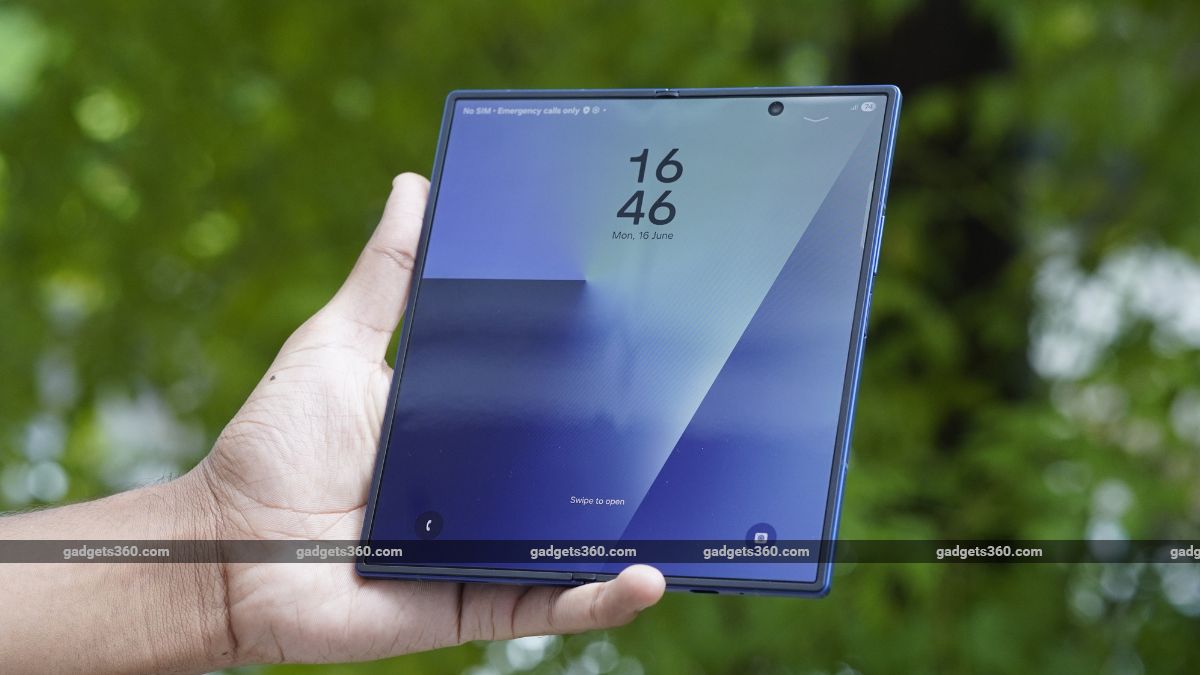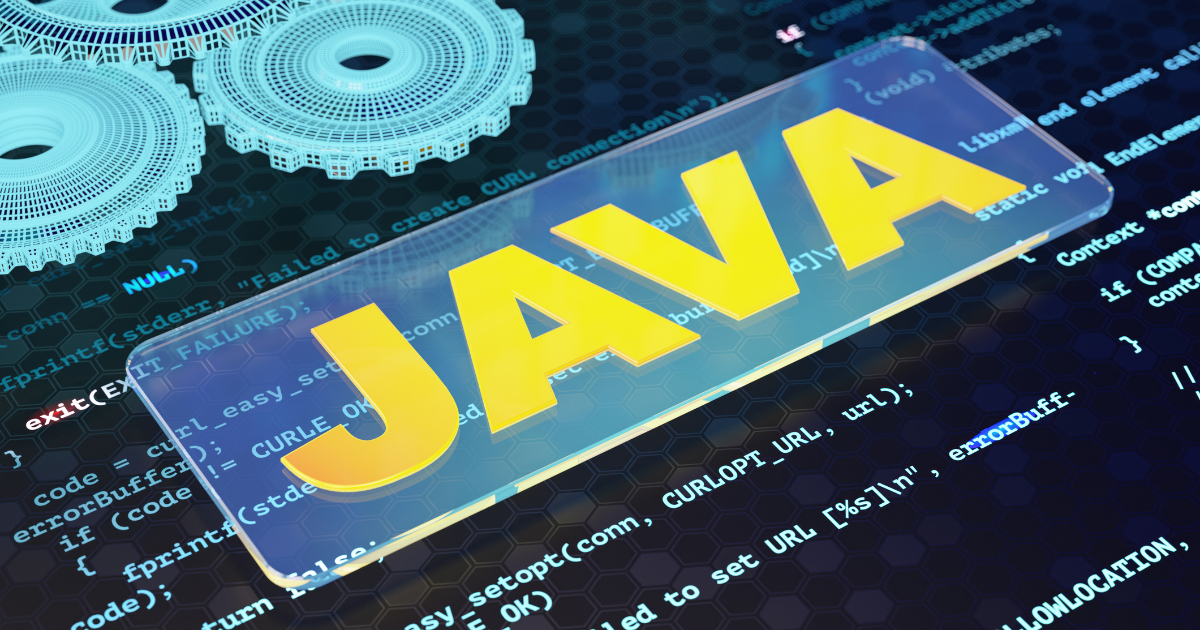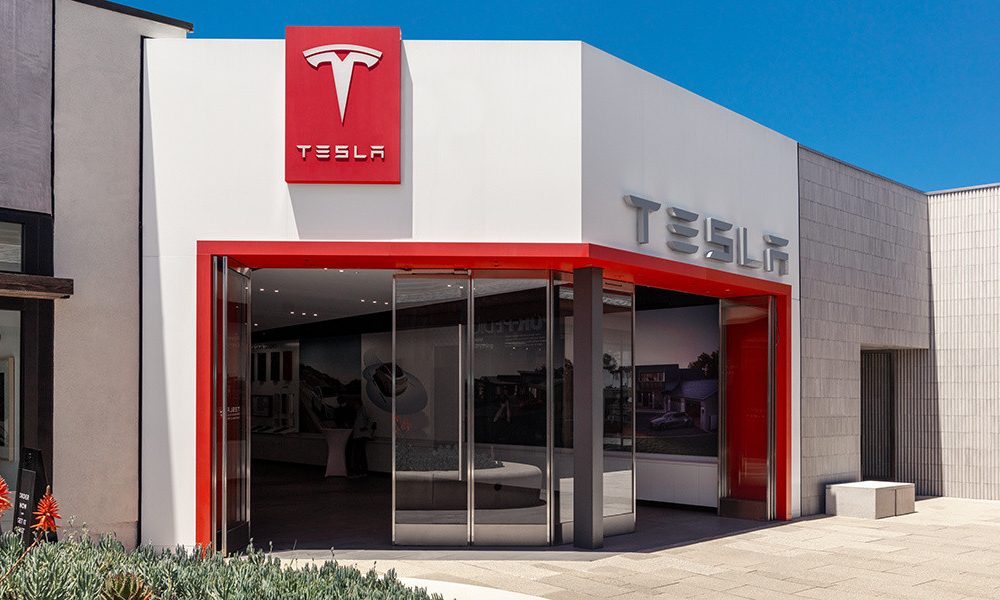Samsung’s recently launched the galaxy z fold 7, galaxy z flip 7, and galaxy z flip 7 fe earlier this month, and they’re the first android smartphones to launch with Android 16, the latest version of Google ‘ In order to speed up the process of developing android, google switched to a more stable and Resource Efficient Trunk-Based Development Model Earlier this year, and samsung hasnga has reported This should enjoy enabled korean company to offer faster updates in the future, after long delays in rolling out its one UI 7 (Android 15) software update.
How Google and Samsung will use the Trunk Stable Development Model
Android Authority explains that the Trunk Stable Model for Android Development used by Google takes place on the company’s internal android branch. While the company builds in support for various features, they are hidden behind feature flags that can be toGGLED or enabled when it is time for the software to be released.
Trunk stable is said to be considerable faster than the older branch-based development model used by Google. Previously, Google’s Engineers would keep adding features during the development process and merge these changes with the main android branch on they are complete.
This process resulted in Several Bugs and Issues that would take more time to fix. This would also delay delay the process of development, and the quality of the operating system would Drop While The Issues We Resolved. Meanwhile, the Trunk-based model offers green and features can be enabled on their are ready.
Samsung switched to the same development model as Google, Developing Its One UI Skin via a Single Development Branch, Samsung Electronics Evlly Hyesoon Jeongly reviewed Earlier this month. The company is also aiming to release one ui software updates Around the same time as google with future android updates.
While samsung rolled out its android 14-based one UI 6 update raather Quickly in 2023, Its subsequent version was delayed by many months, and began out Originally unveiled. It’s Unchalar Whether this delay Influenced Samsung’s Decision to the More Efficient (and Stable) Development Model Used By Google to Launch Android 16 in June, Months Ahead of its usual schedule.











